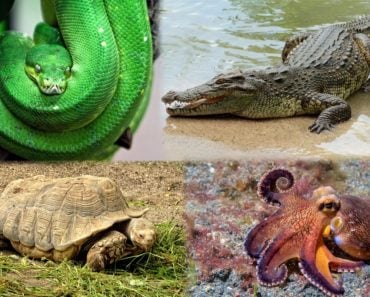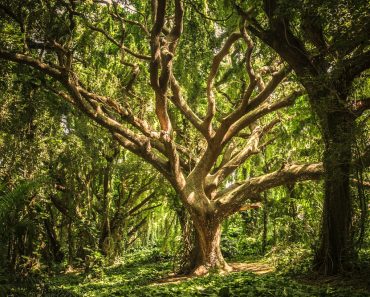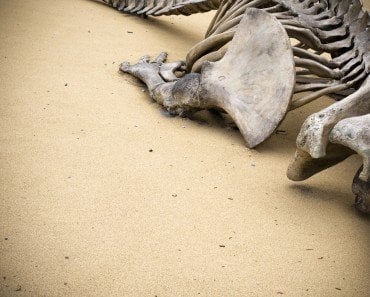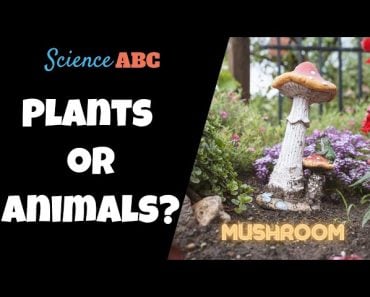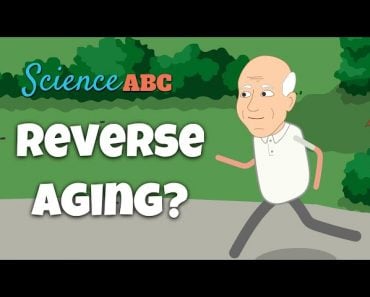Some trees can live for thousands of years. They can do this because they grow slower than animals and have meristems that can repair damage.
Tucked away somewhere in the White Mountains of California is the oldest tree in the world. Methuselah, a Bristlecone pine tree, has seen 48 centuries go by. It was a tiny seedling when the Great Pyramids of Egypt were being built. It matured along with humanity and civilization, and if it could talk, it would probably have some important advice for us all.
Compare that tree’s age to the longest a human has ever lived—122 years; our lives seem like a mere blip in time.
What makes trees like the Bristlecone pine live for thousands of years, while the maximum lifespan of animals can barely stretches to a few hundred years? How do they defy mortality?
Recommended Video for you:
What Does Aging Mean For A Tree?
Methuselah, one could argue, isn’t the oldest tree in the world. It is the oldest individual tree in the world. Beating it by a whopping 70,000 years is ‘Pando’, a single clonal organism made of 75,000 quaking aspen trees. The individual trees aren’t very old, but they’re all connected by an ancient singular root system; each tree is a part of the larger colony.
This makes talking about aging tricky. The meaning of the word is packed with cultural implication making it important to define what ageing means in this particular context.
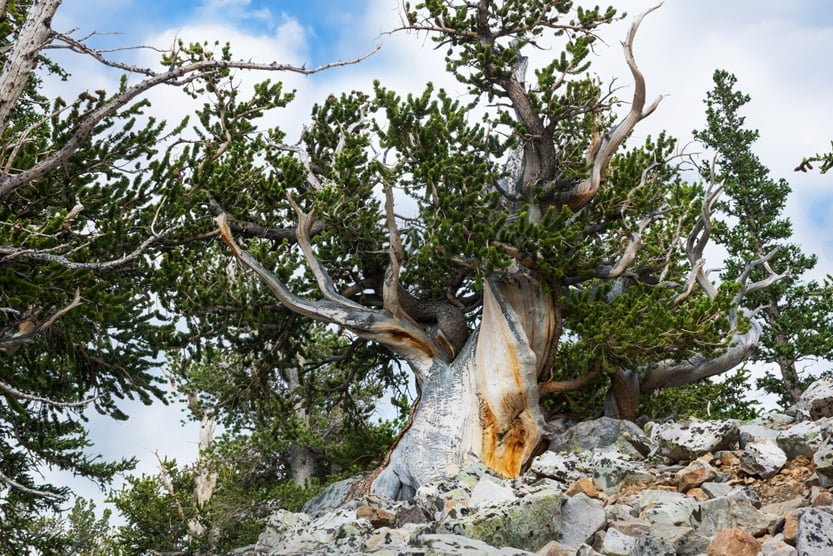
For many of us, age is synonymous with wrinkles and aching joints—a decline in vitality. However, age isn’t necessarily about decrepitude. Many animals, especially insects and plants that die soon after mating, don’t look particularly aged, and yet they are at the end of their lives. As time passes, the inevitable assault of the environment damages the integrity of living cells, resulting in senescence.
What Is Senescence?
Senescence is a better suited to deal with age-related worries like wrinkles or another layer of bark. Senescence is when cells stop dividing and growing without cell death. Senescence can occur due to stressors or DNA damage. Without cells dividing, no new tissue is formed, making aging inevitable. When people talk about studying aging, they are often talking about studying senescence. We want to understand not only how to live longer, but also how to live longer without the accompanying diseases and wrinkles!
This brings up the inevitability of death. All life forms will probably die. While there is no such thing as immortality, some things come very close to it. Pando is the closest we get to biological immortality. Other life, like Hydra and the immortal jellyfish Turritopsis dohrnii live for hundreds of years as well. They do this by stem cell regeneration and returning to an immature state, respectively. These mechanisms, observed in other animals as well, aren’t what give individual trees their longevity.
Where does this leave trees like the Bristlecone pine? Without the powers of cloning or turning back into a seed, how do trees like the Bristlecone live to be so ancient?
Also Read: What Decides The Lifespan Of A Species?
1. Plants Grow Slowly
Slow and steady wins the race, but slow and steady might also live through the race. Animals have the tendency to race through life. Insects might live for only a few weeks, enough to make more tiny insects and then die. Humans have managed to live up to a maximum of 122 years, but the average life expectancy for humans is only 72 years of age (as of 2016), according to the WHO.
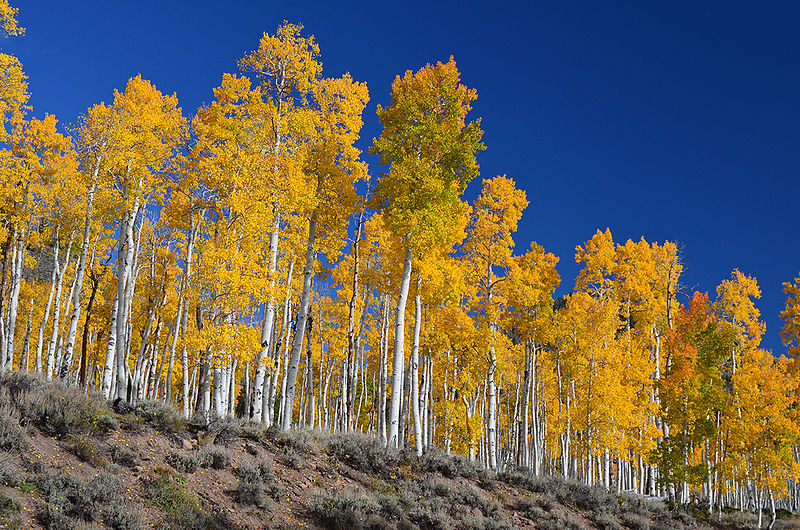
In one year, when most human babies can walk, a 40-year-old bristlecone seedling may have barely reached 15 cm (5.9 inches) in height. By the age of 40, humans are already having a mid-life crisis, but this variety of tree won’t even get a teenage growth spurt. A study found that the shoots of an old pine grew at roughly the same rate as the shoots of younger pine.
Slow and steady indeed!
Also Read: Can Animals Trick The Process Of Aging?
2. Plants Can Regrow Lost Parts
We don’t hear about it a lot, but plants have stem cells just like us. These small population of cells, called meristems, give plants the ability to grow and alter their growth behavior at the flip of a switch. There are meristematic cells for growth in the root tips, shoots, and girth of the plant.
Meristems
Meristem cell populations can fascinatingly divide or not, depending on the environmental conditions. When conditions are favorable, the soil is well watered and the weather isn’t too hot or cold, the plant will activate its meristematic cells and grow new branches. However, if conditions are dry and arid, too hot or too cold, these cells can go dormant until the plant has adequate resources to grow again.
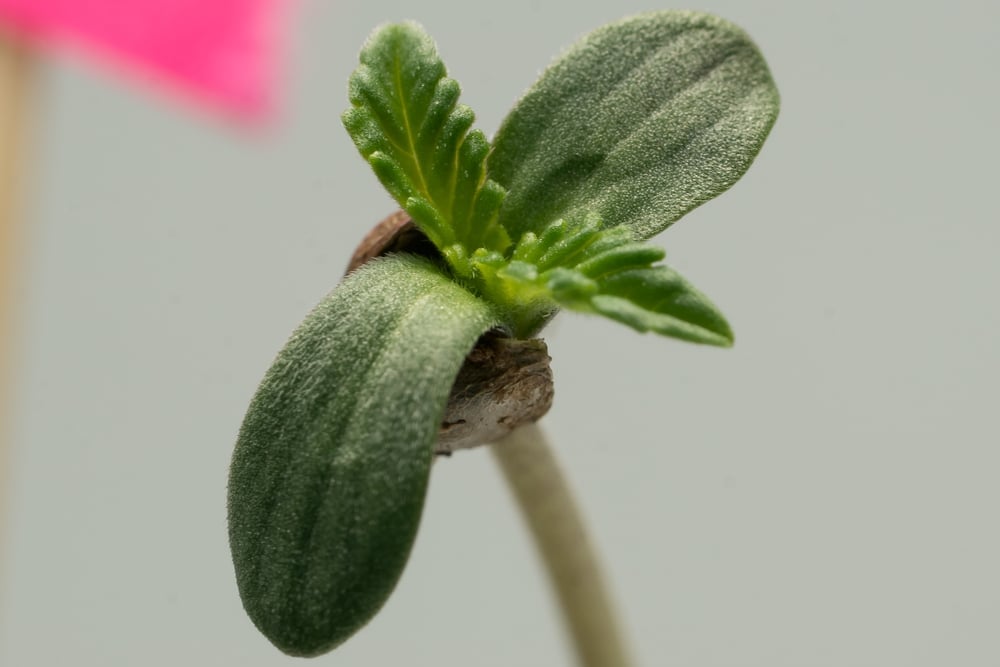
Quiescent Center
Researchers at Ghent University found that a set of plant stem cells called the ‘quiescent center’ act as the backup for the plant’s original DNA. This population of cells doesn’t divide very often, and actually suppresses their division. When a cell divides, it risks mutations entering its DNA. The cells in the quiescent center instead seem to act in response to stress stimuli. Basically, this group of cells might serve some protective function when things get hard for the organism.
3. Plants Can Pause Their Growth When Conditions Are Unfavorable
This flexibility and adaptability help plants weather difficult times much better than any other animal species. The presence of meristems, especially at the tips or both the root and the shoot allow them to combat their environment. Not being able to move, plants are driven to increase their surface area and deal with the damage that predators and the environment inflict. Over the course of evolutionary development, this led to a modular developmental model.
Animals in the post-embryo phase are fully formed. Most grow up, and their body parts simply enlarge, or they metamorphose into their adult forms. Plants, however, can grow new branches and roots when it needs to, and can also regrow damaged ones. The plant can produce as many branches as necessary, and physics will allow it (sort of). This happens with the root system too. According to Iowa State University, a tree’s root system might occupy four to seven times more surface area than the crown or upper branched part of the tree. This can be a significant surface area when considering large and old trees.
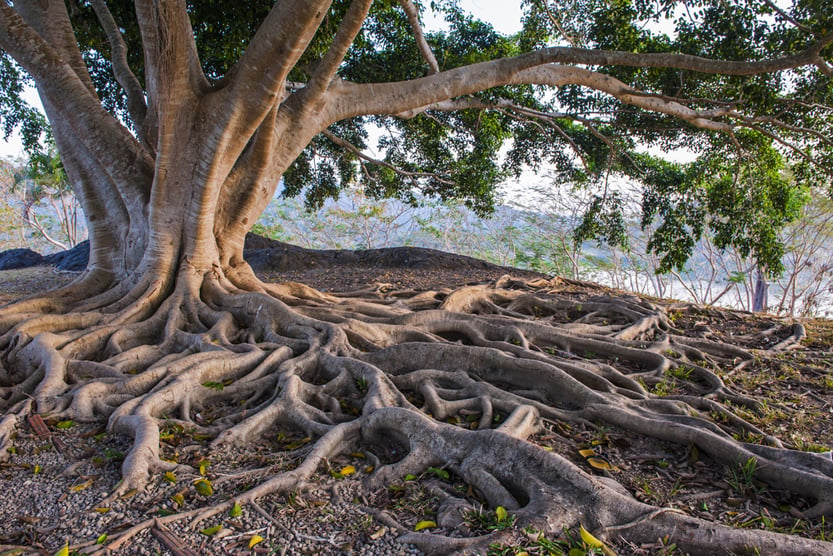
In 2012, the United States Forest Services declared another tree as being older than Methuselah. The new apparent champion is 5,062 years old. Although these trees look old and wrinkly, they hold a lot of information about the history of Earth and its potential future. Scientists are looking at how studying tree rings could illuminate past climate change events, as well as how trees are responding to the current changes in our environment. Old trees, with their expansive root system and arboreal cover, are key pieces of ecosystems.
Plants might not age the way animals do, but some animals are weird agers too. They might look wrinkly from the outside, but their cells are still youthful. These ancient trees provide us with a great deal of worldly wisdom, they are an important part of Earth’s history, and they deserve our respect and protection.
References (click to expand)
- Greb, T., & Lohmann, J. U. (2016, September). Plant Stem Cells. Current Biology. Elsevier BV.
- Heyman, J., Cools, T., Vandenbussche, F., Heyndrickx, K. S., Van Leene, J., Vercauteren, I., … De Veylder, L. (2013, November 15). ERF115 Controls Root Quiescent Center Cell Division and Stem Cell Replenishment. Science. American Association for the Advancement of Science (AAAS).
- Thomas, H. (2012, November 23). Senescence, ageing and death of the whole plant. New Phytologist. Wiley.
- Lanner, R. M., & Connor, K. F. (2001, April). Does bristlecone pine senesce?. Experimental Gerontology. Elsevier BV.

